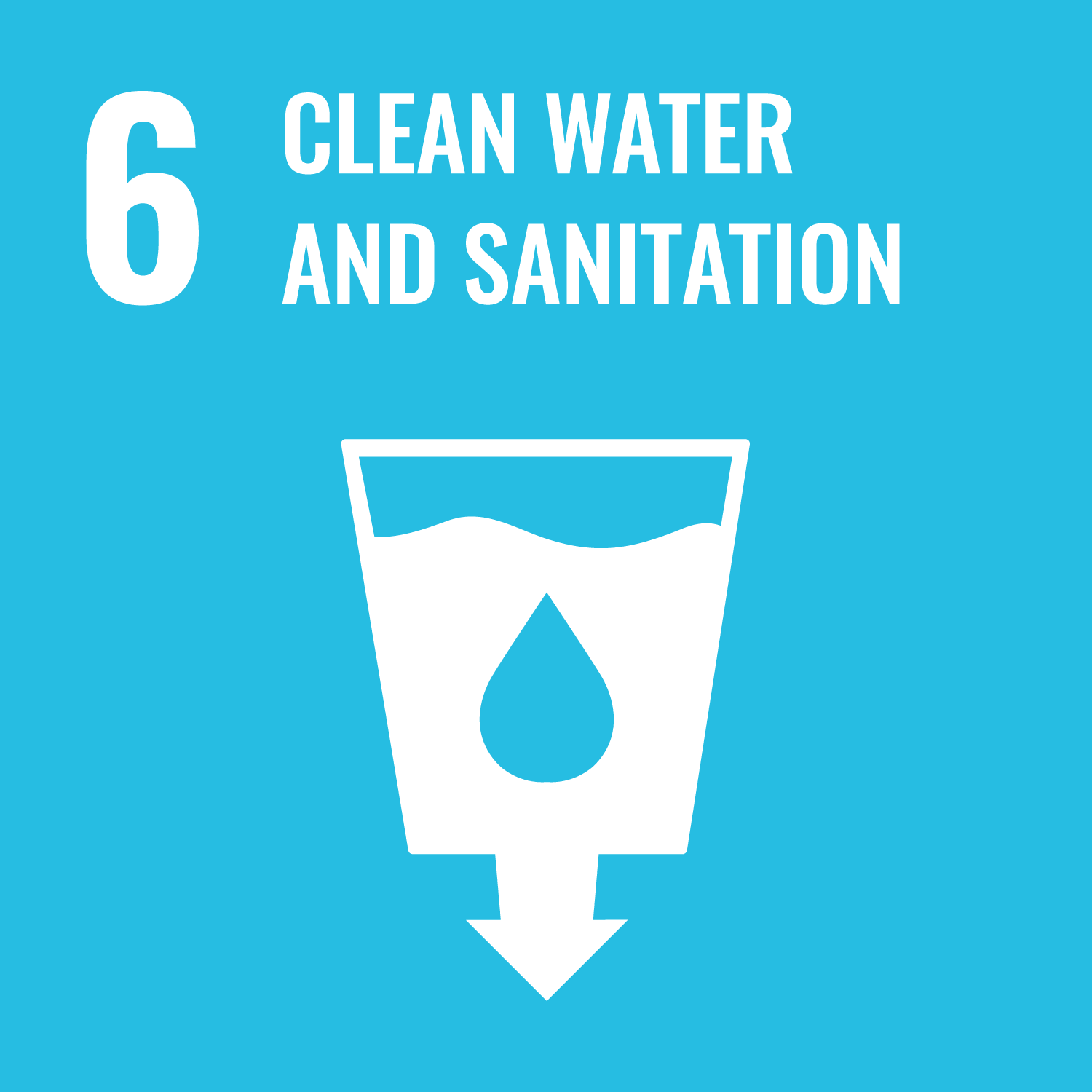
Disaster risk
Understanding disaster risk to build prepared and resilient communities

One of the main objectives of the OGS is to prevent risks and reduce the loss of human life, economic losses and damage to the environment and territory, by improving and disseminating knowledge about natural and anthropogenic phenomena and their consequences, and by enhancing the technological infrastructure for measurement and control.
After the 1976 Friuli Venezia Giulia earthquake and in consideration of the high seismic risk of the Friuli Venezia Giulia region, the OGS Seismological Center for Seismological Research was established in 1989 by Law no. 399 of 30 November 1989, with the institutional aim of monitoring and studying seismicity in north-eastern Italy, also for civil protection purposes. In this context, the Northeast Italy monitoring system (SMINO) was developed, which currently integrates the seismometric, accelerometer and GNSS networks of the North-East and the real-time data processing and transmission systems.
In addition, there is the research and development activity for the technological improvement of the quality of services in terms of quantity and quality of rapid information released to enable rapid estimation of the impact of a seismic event and the cooperation with national and international seismic monitoring networks, in particular of neighbouring countries, through the exchange of data and, the harmonisation of procedures for the analysis of the same in real time.
The detailed study of past seismicity contributes in a decisive and innovative way towards providing valuable information that allows, during seismic sequences, to assess their possible evolution and to estimate the probability of significant aftershocks. Moreover, it contributes significantly to hazard assessment in probabilistic terms and to the definition of risk scenarios.
OGS also carries out monitoring activities of industrial plants, connected to natural gas storage, for the assessment of induced seismicity and landslide phenomena using low-cost GNSS permanent stations developed ad hoc.
Thanks to its specific multidisciplinary expertise, ranging from marine and terrestrial geophysics to seismology and oceanography, OGS carries out study and research activities on the hazards, both of the emerged areas and of the seabed, due to phenomena such as earthquakes, tidal waves, volcanic eruptions and underwater landslides.
OGS proposes, through a unique interdisciplinary approach, to reach transversal scientific goals, for a holistic assessment of risk related to both natural and anthropogenic phenomena.
OGS has the special quality of bringing together competences of the highest level ranging from the monitoring of natural and anthropogenic phenomena, to hazard assessment, to the estimation of direct and indirect risks (impact on structures and society, impact on the supply of goods and services) for both continental and oceanic areas.
The "Disaster Risk" mission is developed following 5 scientific priorities covering the different areas of expertise of the institute:
- Hazard processes and mechanisms;
- Forecasting and risk scenarios;
- Integrated multi-risk;
- Impact assessment and risk mitigation;
- Rapid emergency response.






